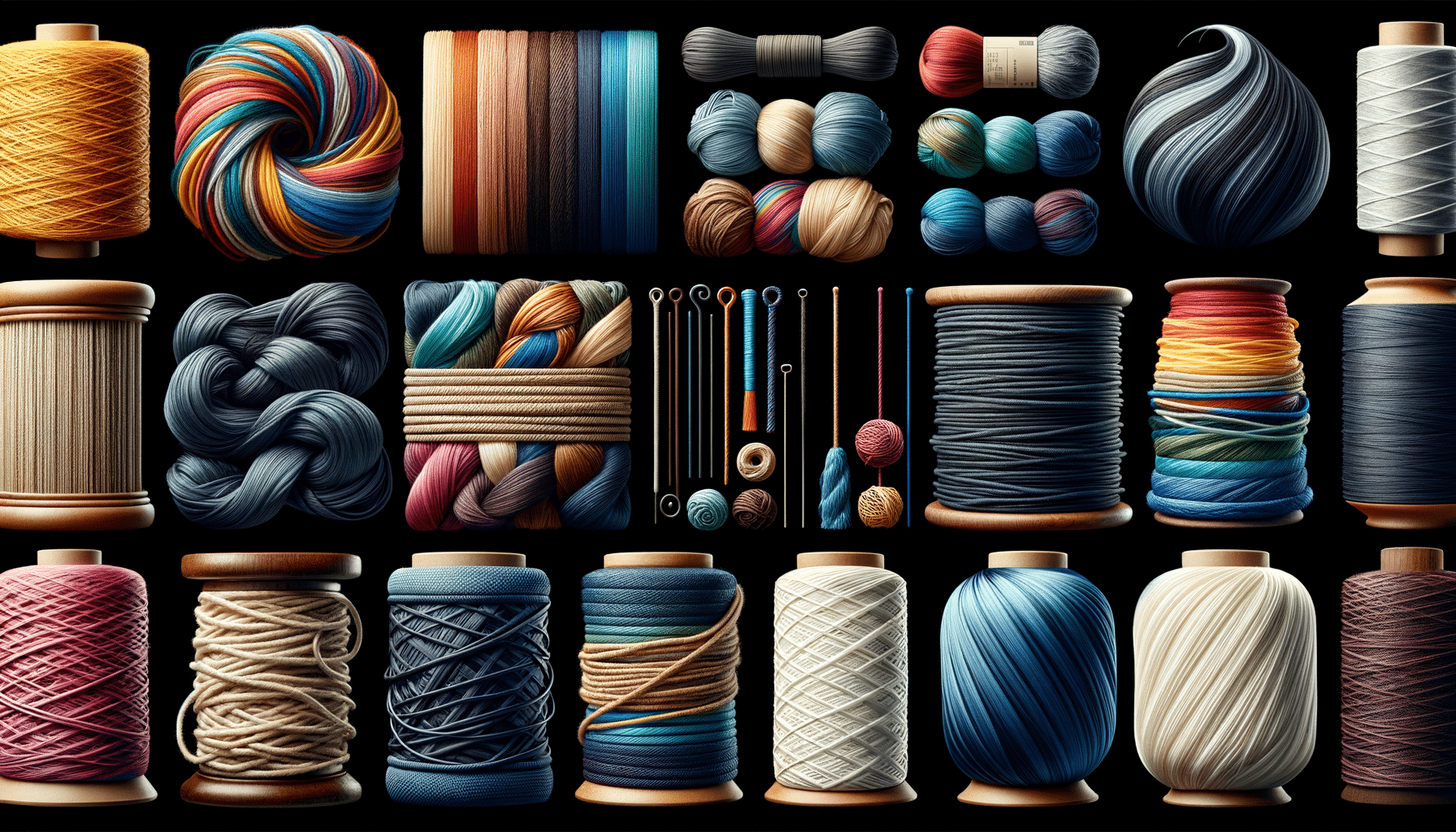
Exploring Handmade vs. Mass-Produced Goods Online
Today, in the world of e-commerce, customers face a flood of products from online stores. One of the most talked-about topics is that of homemade vs. mass-produced. This appeals not only to consumers but also to entrepreneurs. It’s especially important for people who use e-commerce sites like Etsy, Amazon, and dropshipping. Understanding the differences between these goods can impact buying choices and business plans. In this blog, we will explore handmade and mass-produced goods. We’ll look at what they mean for both buyers and sellers.
Key Benefits / Why It Matters
The Allure of Handmade Products
Handmade products have become very popular in recent years. This is mainly because they are unique and personal. Each item is crafted with care, often reflecting the artisan’s passion and creativity. Authenticity is a key selling point. Many consumers prefer individuality and craftsmanship instead of mass-produced sameness.
- Personal Touch and Customisation: Handmade items can be customised to fit your needs. Mass-produced items can’t offer this level of personalisation. Personalisation can be anything from colours to materials to choices of design. This means that every purchase is a one-of-a-kind experience.
- Support Small Businesses: Purchasing handmade products creates small enterprises and supports independent creators. This also supports local economies and helps to preserve traditional crafts and skills.
- Sustainability and Ethical Considerations: Many handmade products use eco-friendly methods and materials. Artisans can use recycled or local materials. This cuts down the carbon footprint from production and transport.
The Appeal of Mass-Produced Goods
On the other hand, mass-produced goods have advantages that make them appealing to a wide audience. These items are often associated with affordability, availability, and consistency in quality.
- Economies of Scale: Mass production cuts costs. This makes goods cheaper for consumers. This affordability can be a significant factor for budget-conscious buyers.
- Wide Availability: Mass-produced items are available in large quantities. This ensures consumers can easily find and buy what they need without long waits.
- Standardised Quality: Handmade items can differ in quality. Mass-produced goods follow strict quality control standards. This ensures consistency in all products.

Additional Expert Tips & Common Mistakes to Avoid
Navigating Dropshipping vs. Etsy
For entrepreneurs, choosing between platforms like Etsy and dropshipping models can be daunting. Each has its unique advantages and challenges.
- Understanding Your Market: Before deciding on a platform, understand your target market. Handmade products often perform well on Etsy, where customers seek unique, artisanal goods. Dropshipping works well for mass-produced items. These items often have competitive prices and fast delivery.
- Branding and Marketing: Handmade products need a strong brand story to connect with customers. Artisans should focus on storytelling and showcasing the craftsmanship behind their products. For dropshipping, competitive prices and smart digital marketing are essential. They help you stand out in a busy market.
- Inventory Management: One common mistake is not effectively managing inventory. Handmade artisans must consider production time and material availability. Dropshippers need reliable suppliers to prevent stockouts and delays.
Leveraging Amazon FBA for Mass-Produced Items
Amazon FBA (Fulfilment by Amazon) can be a powerful tool for sellers of mass-produced goods. However, it requires careful consideration and strategy.
- Product Selection: Choosing the right products to sell on Amazon is crucial. Look at research trends and demand. Find items with high sales potential and low competition.
- Optimise Listings: Make sure your product listings use relevant keywords. Include high-quality images and write compelling descriptions. This optimisation can significantly impact your visibility and sales on the platform.
- Know the Fees: Understand the costs linked to Amazon FBA, like storage and fulfilment fees. These fees can impact your profit margins. It is essential to factor them into your pricing strategy.
Advanced Insights / Expert Recommendations

The Future of Handmade and Mass-Produced Goods
Consumer preferences are changing. Both handmade and mass-produced goods will be important in e-commerce. Here are some expert insights into their future:
- Integration of Technology: Artisans are increasingly using technology to enhance their handmade creations. Technology, like 3D printing and digital design tools, helps artisans boost their creativity. It allows them to explore new ideas while keeping the charm of handmade work.
- Sustainability Trends: Consumers care more about the environment now. So, both handmade and mass-produced goods must change. For artisans, this means continuing to prioritise sustainable practices. For mass producers, it may involve adopting greener manufacturing processes and materials.
- Hybrid Models: Some businesses are trying hybrid models. These mix the personal touch of handmade items with the easy scale of mass production. This approach can offer the best of both worlds, appealing to a broader audience.
How to Decide What’s Right for You
Not sure if handmade or mass-produced products are better for you? Here are a few easy questions to ask yourself before buying or starting a business:
- What matters most to you—price or personality? If you’re looking for something affordable and quick, mass-produced is often the way to go. For originality or something special, handmade might be a better choice.
- Do you want something unique or something reliable? Handmade items are one-of-a-kind and often more personal. Mass-produced items are consistent and usually available in large numbers.
- Are you supporting a cause? Buying handmade often supports small businesses, local artists, or eco-friendly practices. It can feel good to know your money helps real people.
- Running a business? Think about time and cost. Handmade items take more time to make and ship. Mass-produced products are quicker to sell in large numbers. Think about what fits your goals.
Whether you’re shopping or selling, there’s no wrong choice. There is one that best suits your needs.
Final Verdict: Embracing Choice in the Digital Marketplace
The choice between handmade and mass-produced goods isn’t about good or evil. It reflects personal tastes and values. Knowing the pros and cons of each option helps consumers make better choices when buying. Entrepreneurs need to recognise the distinctive prospects and threats in each. They do this to develop successful business strategies.
Before you shop online or start an e-commerce business, think about what inspires you. Both handmade products and mass-produced items have a place in today’s marketplace. You may adore the artistry of handmade goods. Or hate the inefficiency of mass-produced goods. Either way, there’s something for everyone.
We advise everyone to give Etsy, Amazon, and dropshipping a try and see what works for them. We’d love to hear your thoughts and experiences in the comments below. What side of the debate do you lean toward? Do you support artisanal uniqueness, or do you prefer the ease of mass production?
We can choose between handmade and mass-produced products. These choices reflect our values. They support the economy and help create a sustainable future.


